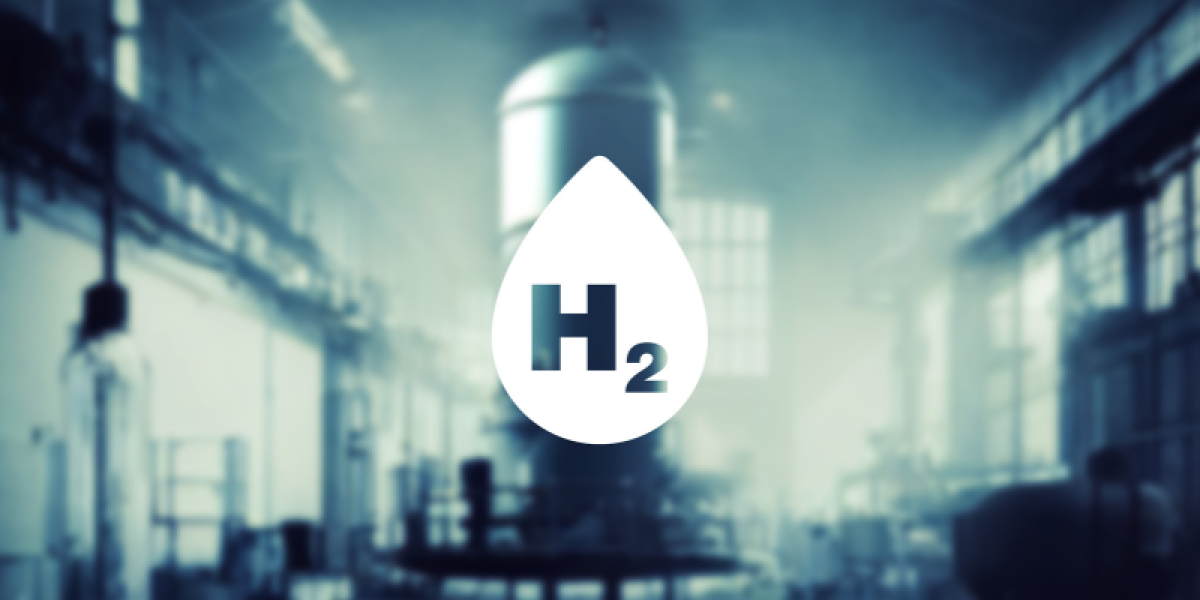Clean Hydrogen: By 2030 It Could Reach 16.4 Million Tons
Currently, the online capacity of low-carbon hydrogen is about 0.5 million tons. If BNEF’s forecasts are realized, by 2030 this capacity could grow 30-fold.

According to BloombergNEF forecasts, the production of clean hydrogen could increase by as much as 30 times, reaching 16.4 million tons annually by 2030.
This significant increase will be supported by favorable policies and a maturing project pipeline. However, such increases will not be sufficient to meet most ambitious government targets.
Clean Hydrogen: Current Capacity is 0.5 Million Tons
Currently, the online capacity of low-carbon hydrogen is about 0.5 million tons. If BNEF’s forecasts are realized, by 2030 this capacity could grow 30-fold. However, it is likely that only 30% of the announced supply will actually be commissioned by the end of the decade, with a total of 477 concrete projects. Over half of this supply in 2030 will come from electrolysis, but blue hydrogen will also play a significant role.
The USA is set to become the largest producer of clean hydrogen by 2030, representing almost 37% of the global supply. This will be due to a mature project pipeline, largely focused on blue hydrogen and favored by tax credits. China and Europe will also play a leading role, together contributing over 80% of the global clean hydrogen supply by 2030, thanks to supportive policies and advanced projects.
However, the forecasts indicate that governments will fail to meet almost 2/3 of their aggregate demand targets for the second half of the 2030s. This will be due to project delays and insufficient political support. Despite 31% of the hydrogen capacity forecasted by BNEF being destined for export, it is likely that actual exports will be much lower. Much of the supply for exports comes from North America, supported by tax credits, but it is unclear how much of this production will actually be exported, as a significant portion may be allocated to local demand.
Clean Hydrogen: Approximately 95 GW of Electrolyzers Operational by the End of 2030
Policies for importing clean hydrogen in Europe, Japan, and Korea could support up to 1.6 million tons of imports by 2030. Approximately 95 GW of electrolyzers could become operational by the end of 2030, with a capacity nearly 10 times higher than that which has already reached the final investment decision.
About 10 million tons per year of hydrogen production capacity have passed FID or are in advanced planning stages, and this supply is very likely to be realized by 2030. However, the remaining capacity is subject to great uncertainty. Deployment in China represents one of the major unknowns, as the market is difficult to predict and projects are driven by political targets not yet defined for 2030.
In summary, BNEF’s forecasts highlight a promising but uncertain future for clean hydrogen. The realization of many projects will depend on the implementation of announced policies and potential political changes, such as a possible restructuring of tax credits in the USA after the November presidential elections.
Related Focus





